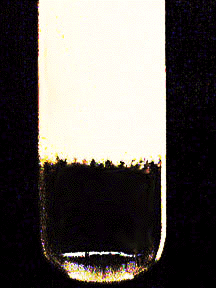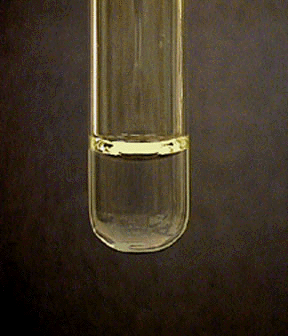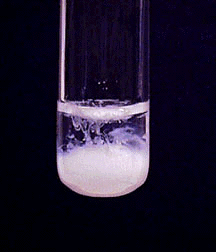
Lead, Pb2+
Most common oxidation states: +2, +4
M.P. 328o
B.P. 1750o
Density 11.35 g/cm3
Characteristics: Lead is a soft metal having little tensile strength, and it is the densest of the common metals excepting gold and mercury. It has a metallic luster when freshly cut but quickly acquires a dull color when exposed to moist air.
Characteristic reactions of Pb2+:
The +2 oxidation state is the more stable state.
Chloride Ion:
Soluble chlorides, such as hydrochloric acid, precipitate white lead chloride from Pb2+ solutions, when the solutions are not too dilute:

Lead chloride is a slightly soluble salt, with a solubility of 10 g/L at 20o. The solubility of PbCl2 increases very rapidly as the temperature rises. At 100o it has a solubility of 33.5 g/L. However, PbCl2 precipitates very slowly, particularly when other ions that form insoluble chlorides are not present. The precipitation can be speeded up by vigorously rubbing the inside of the test tube with a stirring rod. Even then the precipitate may not form until 3 to 5 minutes after mixing the solutions. PbCl2 dissolves in excess chloride ion as a result of the formation of a complex ion, tetrachloroplumbate(II) ion:
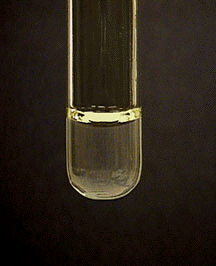
Sulfate Ion:
Soluble sulfates, including dilute sulfuric acid, precipitate white lead sulfate, which is much less soluble than lead chloride:
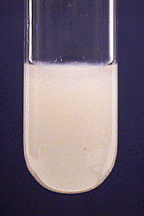
PbSO4 dissolves in concentrated solutions of hydroxide or acetate ions.
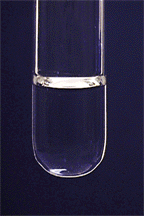
The lead acetate, though only slightly dissociated, is soluble.
Aqueous Ammonia:
Lead(II) ion reacts with aqueous ammonia to precipitate a white basic salt, Pb2O(NO3)2, rather than the expected lead(II) hydroxide:
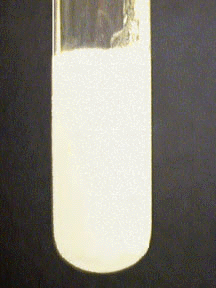
The basic salt is insoluble in excess ammonia.
Sodium Hydroxide:
Sodium hydroxide precipitates lead(II) hydroxide, which dissolve with excess hydroxide:
